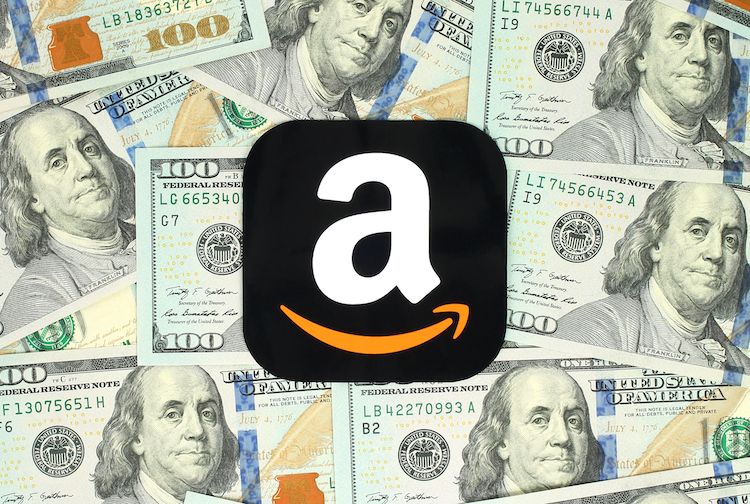As Amazon continues to tighten its grip around global e-commerce, advertisers flock to its exploding advertising platform with massive budgets and uncertain expectations. Although Amazon delivers customers at unmatched scale, advertisers find that significant self-education is required if they plan to fully harness the power of the Amazon demand side platform (or DSP). How can advertisers get the most bang for their buck on Amazon? How does Amazon’s DSP differ from Google’s? Let’s delve into how Amazon advertising works and examine the best practices to ensure that you maximize ROI on Amazon’s advertising platform.
Marketing Factors Unique to Amazon
One of the key differences between Amazon and Google’s DSPs concerns the type of user behavior affecting paid media optimizations on both platforms. Unlike Google, Amazon delivers optimal placements to the retailers that sell more. In other words, the more products you move on Amazon, the more your visibility improves. This relationship between sales and visibility pressures marketers to focus on product detail pages, which can act as information hubs for products as well as landing pages for Amazon marketing campaigns. It’s important to keep in mind that information from a product’s details page usually appears in the ad’s text that users see.
Amazon Marketing Platform Keyword Tiers
Bidding on keywords for any search platform – be it Google, YouTube, or Amazon – can be a confusing and complicated process for advertisers. When it comes to strategizing for Amazon’s marketing platform, it’s helpful to group keywords that you’re bidding against in 1 of 4 tiers. The tier numbers should correspond to the priority you place on that group, with tier 1 keywords being the most important, and tier 4 being the least. You should also adjust your budget to align with each of the 4 tiers.
- Tier 1) – These branded keywords relate to your high priority products. This tier captures people on Amazon who are already familiar with your product. Users who type in branded keywords into Amazon’s search bar are already familiar with your product and have higher intent to buy.
- Tier 2) – These are non-branded keywords for related products or interests. If Bose wants to sell more headphones, Tier 2 keywords may include terms like “hi-fi audio,” “noise-canceling headphones,” and “noise cancelation.”
- Tier 3) – This keyword grouping focuses on cross-selling and up-selling. Cross-selling is the practice of selling someone complimentary necessities. Up-selling is the practice of selling nice-to-have products. If you’re selling dishes, then cross-sell with keywords like “dish rack” and “dish soap.” Likewise, bid on terms like “steak knife sets” or “wine glasses” when you try to up-sell.
- Tier 4) – This keyword grouping is where you target competitors directly. So, if you’re Nike, your Tier 4 keyword list should include terms like “New Balance Trainers” and “Adidas.”
Making Amazon’s Marketing Platform Work For You
As Amazon’s influence in eCommerce continues to balloon, anyone who fails to leverage and succeed with its marketing platform will miss out on untapped opportunities. It is important to make sure your product’s detail pages are robust and contain content that is relevant to the keywords against which you are bidding.
Remember also to bid on keywords in tiers, with branded keywords for specific high selling products being in tier one, and competitor keywords being in tier four. These tactics are relatively easy to communicate with your team and implement. Moreover, they will help you get as much as possible out of Amazon’s robust and exciting marketing platform.
For more information on the latest digital trends and latest Amazon jargon, subscribe to our blog. Need help setting up an eCommerce strategy? Contact the experts at Premiere Creative today, and let’s talk digital. Give us a call at (973) 346-8100.

